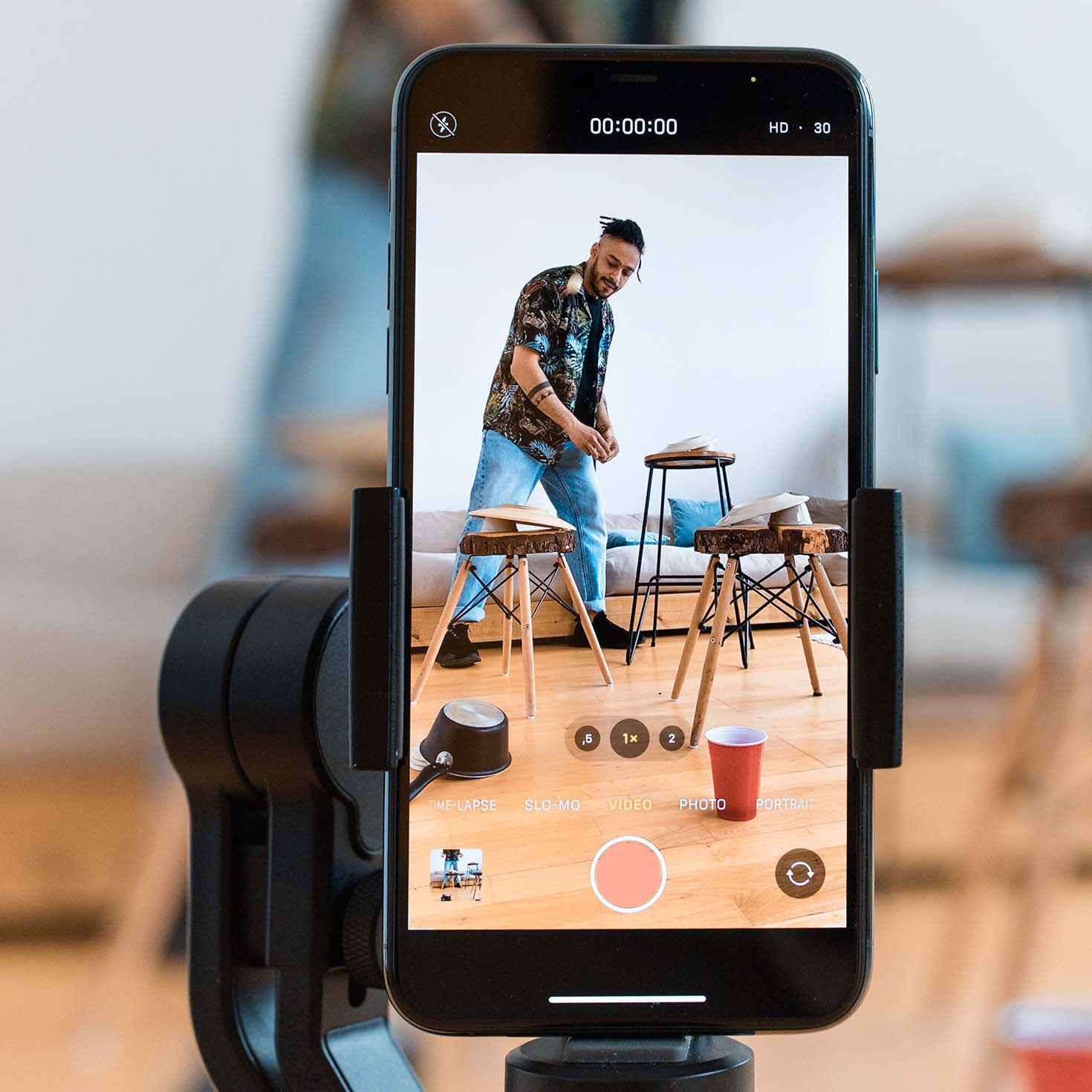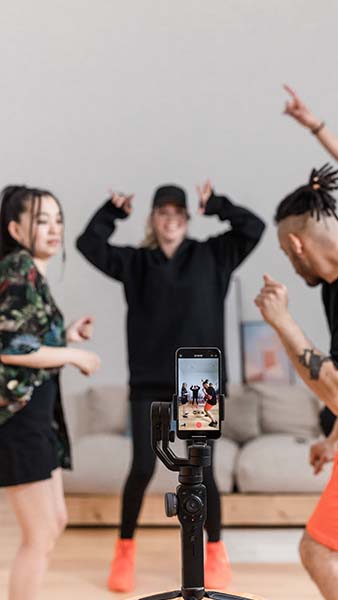
The chokehold influencers have on top-selling industries isn’t going anywhere any time soon. And social media platforms keep climbing in popularity. In fact, it seems that TikTok, alongside every other platform that hosts video content, is blurring the line between marketing tactics and influencer push.
And with these boundaries erased, we are seeing user-generated content driving sales in several industries. So let’s look at what’s succeeding — and what this means for the marketing world as we know it.
The culprits
BookTok. Beauty Community. #GRWM. MusicTok. No matter the catchy names or popular hashtags, it’s more than likely you’ve heard of at least one of these communities. Even if you aren’t the target audience. But what do these terms mean, and what do they have to do with marketing?
- BookTok: Depending on the platform, you may also know this community by the names Bookstagram and BookTube. Ranging from well-known influencers to casual enthusiasts, these bookworms create review, recommendation, and critical content on anything publishing related. From sci-fi and literary fiction to horror and poetry, there’s no genre left untouched.
- Beauty Community: Centered on the health and beauty industries, this online subcategory has taken over the internet on every possible platform. With eyeliner reviews, the notorious “Mascaragate,” and “Get Ready With Me” (GRWM) tutorials set to true crime audios, the limit for video content about makeup trends, brands to avoid, or daily skincare routines is endless.
- MusicTok: Similar to BookTok (but less well-known), MusicTok is a place for dedicated music fanatics to find new, on-the-rise music or underground singer/songwriters. And with the assistance of other tune-based hashtags, finding popular audios, small artists, and original musical content is easier than ever.
The not-so-bad consequences
Although positive, non-sponsored, authentic video content helps any product or industry, there are a few that have particularly prospered in the age of socials’ algorithms.
Over the last 11 years, the health and beauty market size has grown by $71 billion dollars from $508 billion to $579 billion.1 And this is in large part due to user-generated content. The frequent posting without the worry of scheduling or over-promoting creates a consistent stream of fresh content for audiences to stumble upon at any given time.
And if an influencer with a hearty following uses your branded hashtag, the thread can soon begin filling up. The beauty community is full of interested people who want to share their two cents on the latest makeup, hair regimens, or skincare fads and faux pas.
In different but equally beneficial ways, the music industry has seen a boom in social media success stories. TikTok captures the hearts of its audience in a unique way that other apps haven’t tapped into — through music. From viral, slowed clips or dance-inducing, catchy choruses, to algorithms that push indie artists toward their target audience, TikTok has it all. According to TikTok’s 2021 Music Report, 63% of TikTokers heard new music that they hadn’t heard before being on the app.2
With over half of the available consumers hearing music that has tickled their eardrums, artists like Doja Cat and Dua Lipa have grown in popularity. As well as rising stars whose TikTok virality made them a household name, like Lil Nas X. Thrusting each of these individuals into the limelight and setting them on the top charts.
However, the most notable industry impact — at least from a writer’s perspective — would have to be in publishing. Book sales and author promotion have increased across the board. But the interesting fact about these sales is the significant increase in one common area: novels nearly a decade old or far older. User-generated content has shifted how popular must-reads are selected. Now, the most-viewed videos are creating a resurgence in works like those of Stephenie Meyer and Colleen Hoover. The spikes this market has seen come from the sheer popularity of consuming book-based content.
As of November 2023, the hashtag BookTok has over 195.6 billion views alone. And with users checking the tag daily to make sure they aren’t missing new releases, ARC (Advanced Reader Copy) opinions, or which new authors to support, that number is steadily increasing. Which is why Barnes & Noble added “#BookTok” or “TikTok Made Me Read It” sections to various store locations. Further proving that when BookTokers talk, the audience listens.

The Impact
User-created and influencer-centered content doesn’t just sway trend trajectories or encourage a new way of achieving fame. This content impacts what brands market, how they market, and what sales they make.
With a rise in desire for authentic opinions and reviews that feel a bit more personal, partnering with, sponsoring, and supplying affiliate links to influencers has become so common that you can’t seem to watch a single YouTube video without the creator saying, “Thank you to [insert hopeful brand here].”
It isn’t just using the creators to promote specific products, though. User-generated content can serve as a learning tool. Not only can it help you see what platforms your target audience is most engaged on, but it can serve to help your brand create better short-form ads. Learn from the personalities of influencers your audience finds captivating. Think about using a similar tone in your own branding. Listen to criticism and improve where necessary. Start conversations with your audience. There is so much you can learn from even one 30-second video.
As Heidi Klum once said about fashion, “One day you’re in and the next you’re out.” So to stay in the game, keep your eye on social media. Follow the trends. Participate in them. Then go with the flow.
Wondering what’s trending in your brand’s market and aren’t sure where to begin? Our social-media-savvy, trend-setting MaKeRs would love to chat.
Sources
1 Oberlo
2 TikTok Newsroom

